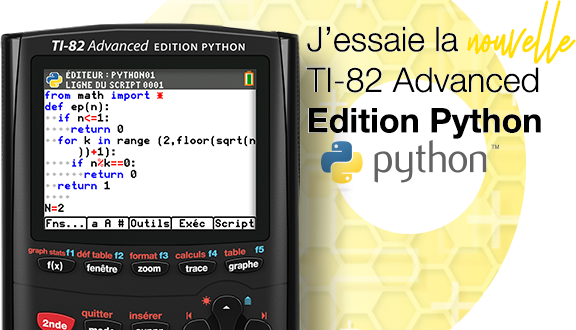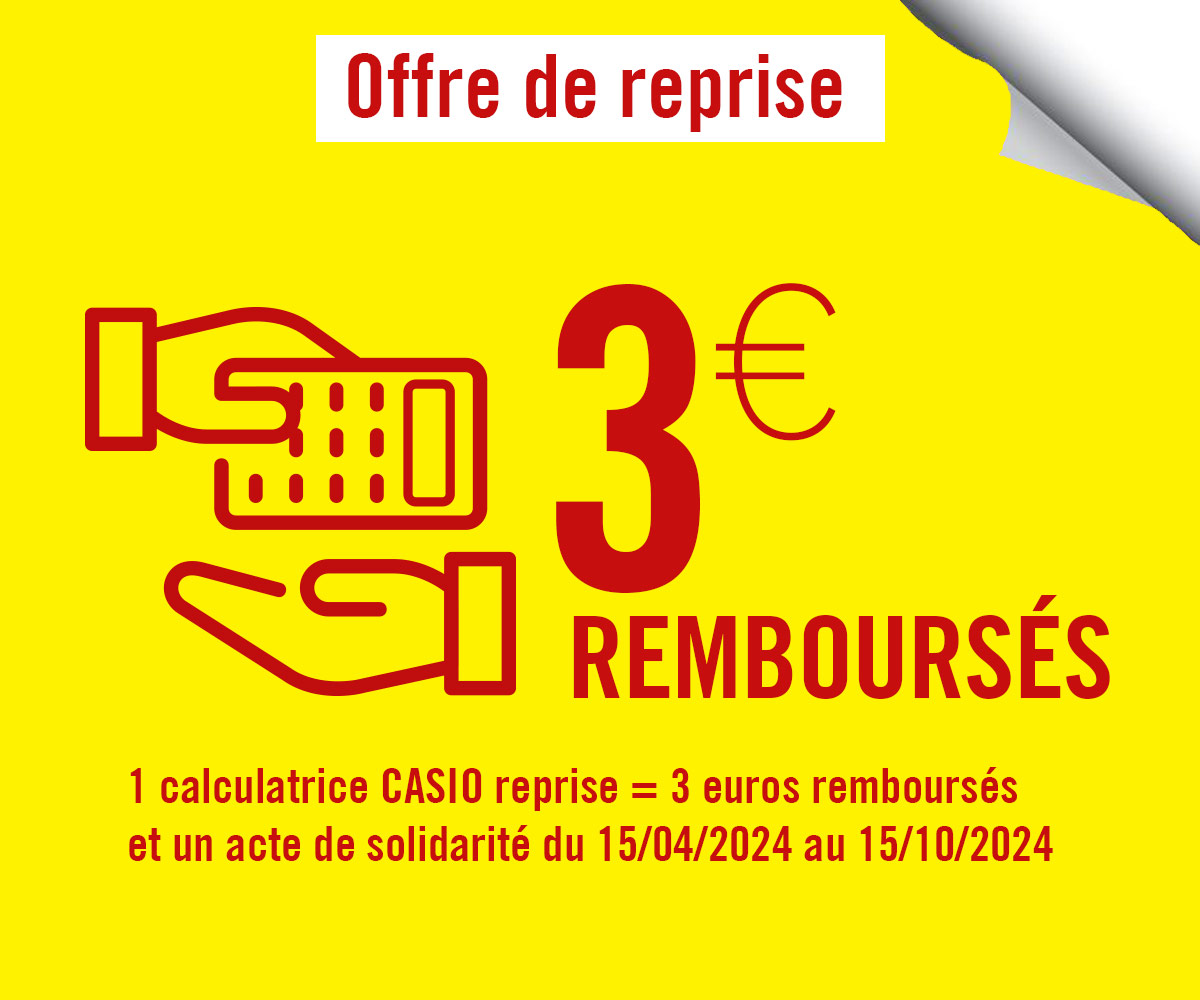Polymeristation reaction steps
DownloadTélécharger
Actions
Vote :
ScreenshotAperçu

Informations
Catégorie :Category: nCreator TI-Nspire
Auteur Author: oONOLTZOo
Type : Classeur 3.0.1
Page(s) : 1
Taille Size: 2.79 Ko KB
Mis en ligne Uploaded: 10/10/2024 - 08:42:57
Uploadeur Uploader: oONOLTZOo (Profil)
Téléchargements Downloads: 1
Visibilité Visibility: Archive publique
Shortlink : http://ti-pla.net/a4245242
Type : Classeur 3.0.1
Page(s) : 1
Taille Size: 2.79 Ko KB
Mis en ligne Uploaded: 10/10/2024 - 08:42:57
Uploadeur Uploader: oONOLTZOo (Profil)
Téléchargements Downloads: 1
Visibilité Visibility: Archive publique
Shortlink : http://ti-pla.net/a4245242
Description
Fichier Nspire généré sur TI-Planet.org.
Compatible OS 3.0 et ultérieurs.
<<
Explain the three major reactions that occur during chainpolymerization. Use the addition polymerization of polystyrene (the repeat unitis as shown in Figure 1) to illustrate the three major reactions. Chain polymerization, also known as addition polymerization,involves three major reactions: initiation , propagation , and termination .These reactions are essential for forming polymers from monomers. Let's explaineach stage using the polymerization of polystyrene (with the repeat unitas shown in Figure 1, consisting of a styrene monomer). 1. Initiation In the initiation step, a reactive species is created tostart the polymerization process. For polystyrene, the initiation occursthrough the generation of a free radical, which is often done using aninitiator like benzoyl peroxide . Free Radical Formation : The initiator decomposes into free radicals, such as: Radical Attack on Styrene Monomer : One of the benzoyl radicals attacks the double bond in a styrene monomer, opening the bond and creating a new reactive radical site on the monomer. The styrene monomer now becomes a reactive species, with an unpaired electron on the carbon atom: 2. Propagation In the propagation step, the active chain continues to growby sequentially adding monomer units. Each new addition regenerates the activesite, allowing the chain to keep growing. Chain Growth : The activated styrene radical reacts with another styrene monomer, opening its double bond and forming a new bond. This process repeats as the chain grows longer: Activated Styrene Radical+Styrene MonomerLonger Chain Radicaltext{ActivatedStyrene Radical} + text{Styrene Monomer} rightarrow text{Longer ChainRadical}Activated Styrene Radical+Styrene MonomerLonger Chain Radical This reaction continues, adding more and more styrenemonomers to the chain, with the radical at the end of the chain enablingfurther propagation. As a result, the polystyrene polymer grows, with each stepadding a new styrene repeat unit to the chain. 3. Termination Eventually, the growing polymer chains must stop reacting.Termination can occur in a couple of ways: combination or disproportionation . Combination : Two growing chain radicals can combine, which terminates both chains by forming a stable covalent bond: This produces a longer polymer chain but without a reactiveend, so polymerization stops. Disproportionation : One growing radical chain transfers a hydrogen atom to another radical chain, stabilizing both chains and terminating their growth: In either termination mechanism, the active sites aredestroyed, and the polymer chains no longer grow. Summary of the Reactions for Polystyrene Initiation : A free radical is generated (e.g., from benzoyl peroxide), which reacts with a styrene monomer to start the polymerization process. Propagation : The styrene radical adds more monomers to form a growing chain, with each addition regenerating the reactive radical site. Termination : The chain growth stops through combination (two radicals join) or disproportionation (one radical transfers a hydrogen atom to another), forming stable polymer chains. In polystyrene, the repeat unit is derived from the styrenemonomer, where the double bond in the styrene is broken and the monomers linktogether to form a long chain polymer. Made with nCreator - tiplanet.org
>>
Compatible OS 3.0 et ultérieurs.
<<
Explain the three major reactions that occur during chainpolymerization. Use the addition polymerization of polystyrene (the repeat unitis as shown in Figure 1) to illustrate the three major reactions. Chain polymerization, also known as addition polymerization,involves three major reactions: initiation , propagation , and termination .These reactions are essential for forming polymers from monomers. Let's explaineach stage using the polymerization of polystyrene (with the repeat unitas shown in Figure 1, consisting of a styrene monomer). 1. Initiation In the initiation step, a reactive species is created tostart the polymerization process. For polystyrene, the initiation occursthrough the generation of a free radical, which is often done using aninitiator like benzoyl peroxide . Free Radical Formation : The initiator decomposes into free radicals, such as: Radical Attack on Styrene Monomer : One of the benzoyl radicals attacks the double bond in a styrene monomer, opening the bond and creating a new reactive radical site on the monomer. The styrene monomer now becomes a reactive species, with an unpaired electron on the carbon atom: 2. Propagation In the propagation step, the active chain continues to growby sequentially adding monomer units. Each new addition regenerates the activesite, allowing the chain to keep growing. Chain Growth : The activated styrene radical reacts with another styrene monomer, opening its double bond and forming a new bond. This process repeats as the chain grows longer: Activated Styrene Radical+Styrene MonomerLonger Chain Radicaltext{ActivatedStyrene Radical} + text{Styrene Monomer} rightarrow text{Longer ChainRadical}Activated Styrene Radical+Styrene MonomerLonger Chain Radical This reaction continues, adding more and more styrenemonomers to the chain, with the radical at the end of the chain enablingfurther propagation. As a result, the polystyrene polymer grows, with each stepadding a new styrene repeat unit to the chain. 3. Termination Eventually, the growing polymer chains must stop reacting.Termination can occur in a couple of ways: combination or disproportionation . Combination : Two growing chain radicals can combine, which terminates both chains by forming a stable covalent bond: This produces a longer polymer chain but without a reactiveend, so polymerization stops. Disproportionation : One growing radical chain transfers a hydrogen atom to another radical chain, stabilizing both chains and terminating their growth: In either termination mechanism, the active sites aredestroyed, and the polymer chains no longer grow. Summary of the Reactions for Polystyrene Initiation : A free radical is generated (e.g., from benzoyl peroxide), which reacts with a styrene monomer to start the polymerization process. Propagation : The styrene radical adds more monomers to form a growing chain, with each addition regenerating the reactive radical site. Termination : The chain growth stops through combination (two radicals join) or disproportionation (one radical transfers a hydrogen atom to another), forming stable polymer chains. In polystyrene, the repeat unit is derived from the styrenemonomer, where the double bond in the styrene is broken and the monomers linktogether to form a long chain polymer. Made with nCreator - tiplanet.org
>>













